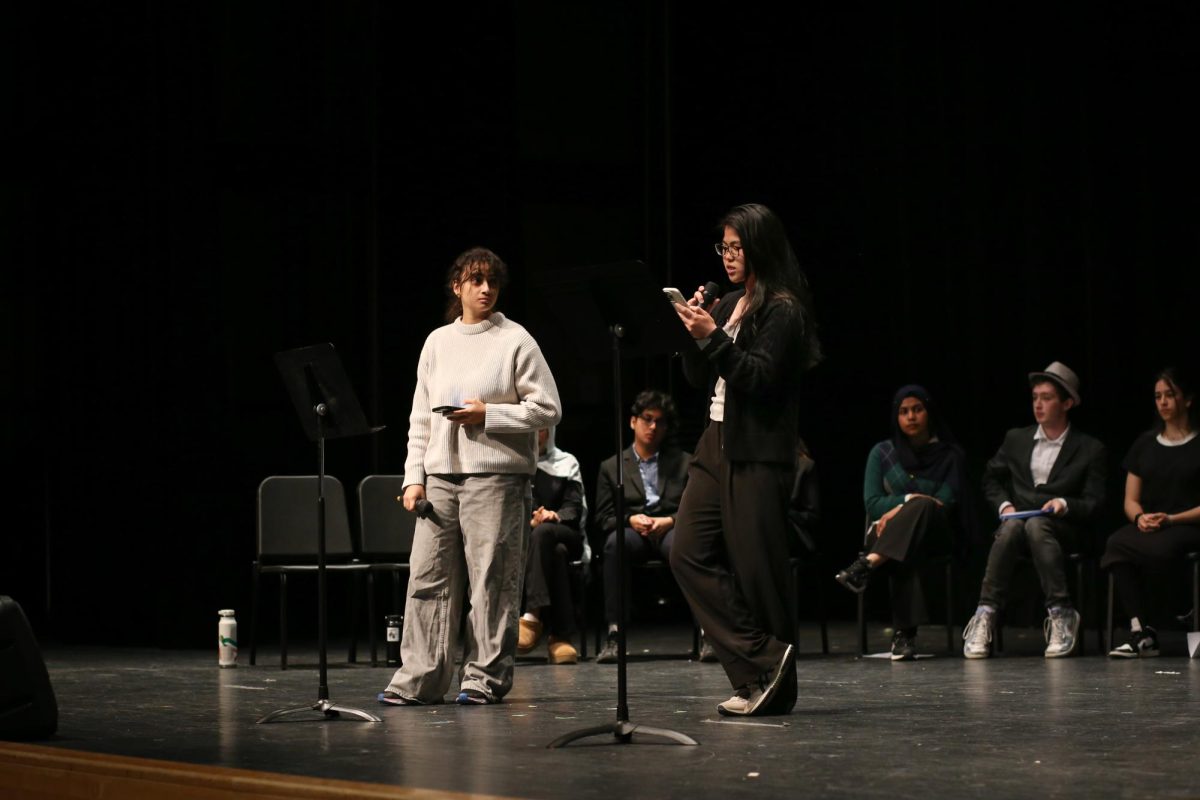
New York City Schools Chancellor Carmen Fariña recently introduced a new system for evaluating school performance. The new framework, introduced on October 1, known as “School Quality Snapshots,” includes detailed reports and rating scales on six distinguished areas for New York City public high schools.
The previous evaluation system utilized A through F letter grades based heavily on students’ performances on standardized tests.
Now, standardized test scores will only comprise a fraction of the factors involved in school evaluations. In fact, it will represent one of six elements under review.
The elements include quality review (formal evaluation of the school by an experienced educator who observes classrooms), student progress (based on accumulating credits and Regents exams), student achievement (graduation rates after four and six years), school environment, closing the achievement gap (significant gains of English as a Second Language learners and movement of students with disabilities with low level scores into environments with non-disabled peers), and college and career readiness (based on outcomes after leaving high school).
Principal Anthony Barbetta expressed mixed feelings about the new system.
“On one hand the previous system wasn’t fair to many schools. In our school we did very well because our students excel in everything they do.”
Ms. Fariña expressed that utilizing letter grades may lead to misleading implications. She noticed that some of the schools she had visited were graded inaccurately.
One school exhibiting strong examples of hard work among students had received a grade of D. Meanwhile, another school received a grade of A but lacked collaboration, good classroom instruction, and had silent classrooms.
Ms. Fariña also mentioned her discontent with the Department of Education’s tendency to grade schools on a curve: schools that had showcased strong test performances were awarded A’s while schools targeted for closure received D’s and F’s.
According to Ms. Fariña, the Snapshots and descriptive school reports will help the DOE target specific areas to improve struggling schools.
The previous system was known to contain many errors. Mr. Barbetta recalled that the data from past years was quite inaccurate.
“Townsend Harris students were listed as 91% going to a CUNY and in reality not many went to CUNY. Overall our school was never hurt by the grade, but other schools perhaps were.”
Another weakness in the prior grading system was its vagueness. Mr. Barbetta noted that the previous report contained “things no one could understand.” Its flaw was that it didn’t provide a way to help schools improve.
He highlighted that the new system is easier to understand, especially for parents. It provides a summary for each criterion and a clearer picture of how each school is performing.
The grading system has been known to change as new administrations are installed.
Mr. Barbetta recalls the time that he was in high school and how easy it was to understand the reports back then. He mentioned that the reports were similar in format to student report cards.
“It was an easy, clear document to read and interpret. It told how well how many students passed the Regents, graduated, and included attendance rate,” he stated.
On a final note, Mr. Barbetta gave his take on the longevity of the new system.
“Like all things, I think [the grading system] will be changed,” he commented.


























